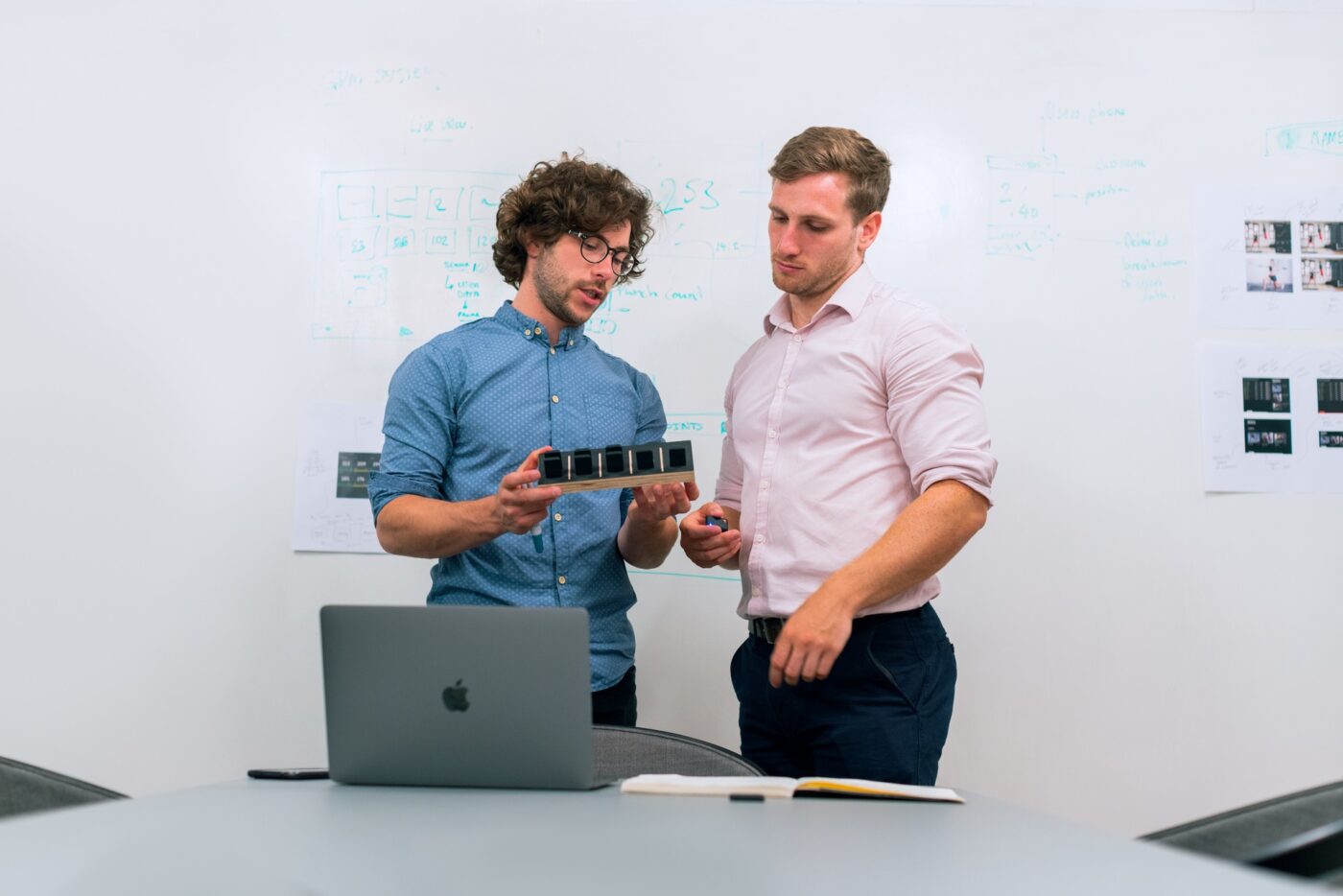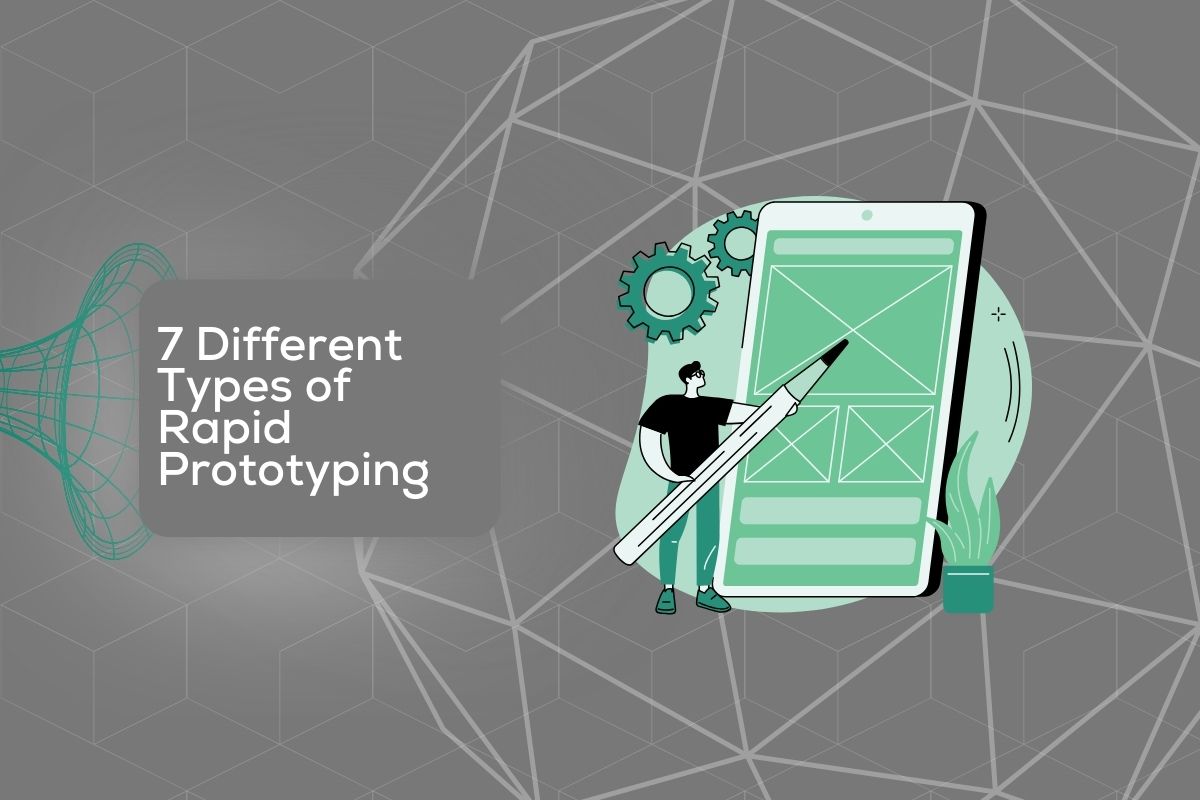If your company is swimming in the vast pool of hardware startups, what could set it apart is the ability to transform ideas into an actual form in a record time. The key is rapid hardware prototyping. Before you dive into this process, let’s explain the types of rapid prototyping available so you can set your sails in the right direction.
Rapid Prototyping in a Nutshell
Rapid prototyping is an innovative process used first and foremost in engineering and manufacturing. It is used to rapidly create a scale model using three-dimensional CAD (computer-aided design) data of an actual component or assembly. This technology allows hardware prototypes to be created quickly so designers and engineers can refine their ideas in an actual form. It significantly speeds up the development process.
In essence, it’s really useful for an MVP development company to visualize how a finished product will look and function. Most of all, it enables adjustments before committing to full-scale production. Rapid prototyping includes various techniques, each suited to different materials and design needs.

7 Types of Rapid Prototyping
There are several rapid prototyping techniques that can be used to enhance your beta development process. Before you can choose the most appropriate technique, you should understand what’s best for your project’s needs. Keep in mind that each method varies based on the following:
- Resources available,
- Time constraints,
- The product needs.
Let’s dive into these methods and discuss the benefits and drawbacks of each.
Type 1 – Stereolithography or SLA
Stereolithography, or SLA, stands out for its superior material variety and exceptional detail resolution. This type of rapid prototyping allows you to create highly detailed prototypes that can also be machined and used as master molds. Although SLA is on the pricier side, its speed is what makes it an attractive option for projects with tight deadlines. In such cases, the investment can be worthwhile to achieve a fast turnaround.
However, it’s important to note that SLA’s layer-by-layer approach requires support structures, which can sometimes be challenging to remove. This method is ideal for scenarios where detail and speed are prioritized over budget considerations.
Type 2 – Selective Laser Sintering or SLS
Selective Laser Sintering (or SLS) uses thermoplastic material. It offers results that are, in essence, similar to injection molding, with a metal variant known as Direct Metal Laser Sintering (DMLS). Its “powder bed” process eliminates the need for support structures, which further simplifies the post-processing. While SLS doesn’t match the detail resolution of SLA and might require secondary machining, it’s efficient for creating robust parts.
However, keep in mind that SLS parts are not fully dense, which can lead to wear over time. This technique is ideal for complex geometries where it’s required to have a balance between efficiency and structural integrity.
Type 3 – Fused Deposition Modeling or FDM
Fused Deposition Modeling, or FDM, works by heating and extruding thermoplastic filament through a nozzle and building parts layer by layer. A key advantage of FDM is its increasing accessibility – the machines are becoming smaller and more affordable, and there’s a range of plastic materials available. FDM also stands out for its ability to print with multiple types of materials in a single build, and it’s a feature that can greatly benefit certain product designs.
While it’s not the fastest method for large-scale production, FDM is highly cost-effective for smaller batches or individual prototypes. It’s ideal for those looking for a budget-friendly option for creating durable, functional prototypes with moderate detail.

Type 4 – Multi-Jet Modeling or MJM
Multi-Jet Modeling (MJM) uses thermosetting polymers applied through inkjet nozzles to create highly precise and smooth parts, and it makes it ideal for complex designs. This method quickly solidifies each layer, which eliminates the need for extra finishing.
However, MJM-produced parts tend to have lower mechanical strength, which makes them more suitable for non-functional, detail-focused prototypes. If your project is prioritizing aesthetics and intricate geometries over functionality, it’s where MJM shines.
Type 5 – Selective Laser Melting or SLM
Selective Laser Melting (SLM) is a high-end method for creating dense metal parts using a high-powered laser in a gas-filled sealed chamber. SLM is perfect for low-volume production and detailed prototypes, so it’s used for complex designs in the aerospace, automotive, and medical industries. Its ability to create lightweight yet strong components with internal features is a major advantage.
However, the costs can be high due to advanced lasers, and the process is slower compared to other methods. SLM stands out for demanding applications where precision and strength are the primary goals.
Type 6 – Laminated Object Manufacturing or LOM
Laminated Object Manufacturing, or LOM for short, involves layering thin laminates like paper, plastic, or metal foil on a build platform. When using paper, the result resembles solid wood and can be similarly worked. A laser cuts the material layer by layer, with each new layer glued on top before the next cut.
While the end product from LOM is less refined than SLS or SLM outputs, it’s cheaper and doesn’t require controlled working conditions. This method is suitable for projects where cost efficiency is prioritized over fine detail.
Type 7 – Digital Light Processing or DLP
Digital Light Processing (DLP) is similar to SLA but uses a conventional light source to cure resin. This process is generally faster and enables a shallower resin reservoir, which leads to further cost savings. Similarly to SLA, DLP requires support structures and post-build curing. The finished parts provide excellent dimensional tolerances and surface finish. DLP is ideal for projects requiring high-quality surface details and rapid production, particularly where cost efficiency is also a consideration.

Reach Out to Our MVP Development Team for Partnership
According to Precedence Research, the rapid prototyping market is expected to grow at a compound annual growth rate (CAGR) of 20.50% from 2023 to 2032. It was valued at $2.76 billion in 2023 and is expected to reach over $14.78 billion by 2032. If you are aiming to be a part of this expanding market, it’s perhaps best to find a partner to guide you through each stage of this process.
Here’s where Juratech Solutions steps in. We’re versed in rapid prototyping software development, as well as hardware prototyping. With us, your MVP development can run without hiccups. Contact us today, and let’s discuss what we do, and how we can aid you on your path to success.







